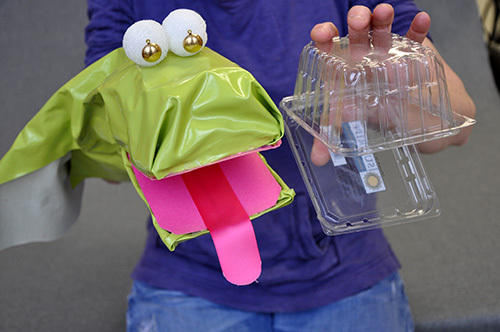
Materials for the Arts is one of those organizations you look at and say to yourself – それはとても明らかです – 企業や個人からの余剰材料を収集し、継続的な芸術のプログラミングと学校と非営利団体への再配布 – すべてのコミュニティは、このようなリサイクルプログラムを持っていない理由?
ハリエットタウブ, Executive Director for Materials for the Arts (which has become one of the largest reuse centers in the U.S.), has helped lead the organization for almost 18 年; she says that starting its education program is what she is most proud of. “When I came to MFTA in 1998, we were basically a collection and donation program. I knew early on that newly registered teachers would become better shoppers if they were shown ways to incorporate non-traditional arts materials into their classroom curriculum.” So Harriet started by teaching ‘hat making’ and ‘no sew’ costume making workshops, その後, along with her Materials for the Arts colleague, Joy Suarez, began to offer week-long workshops for educators through the New York City Department of Education’s Office of Professional Development.
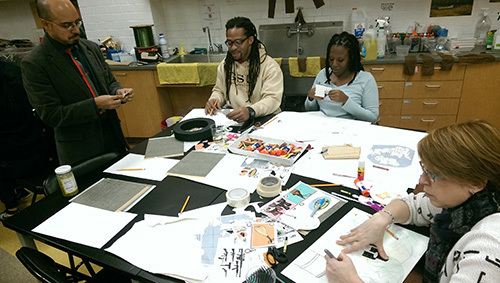
早送り 15 年: this dynamic hands-on studio-style Professional Development Workshop team now works with thousands of teachers and in turn, with tens of thousands of students through their workshops, free field trip program and in-school residencies. “Our Education Program is changing the way adults and children view materials and helping reduce the amount of unwanted materials headed for the landfill.” だから, at Materials for the Arts, Harriet notes, “毎日がアースデイです。”
We asked our MFTA experts to come up with 10 really innovative things anyone can do to protect our earth with a little bit of creativity:
1. Turn your beverage containers into garden décor – e.g. glass bottles can be turned into terrariums. Plastic soda bottles – 1 litre – can be cut in half and the spout can be turned upside down for drainage, and plant inserted into the body of the bottle and placed in your garden or window box or curbside tree box.
2. Junk mail envelopes can be turned into envelope books with string and magazine clippings.
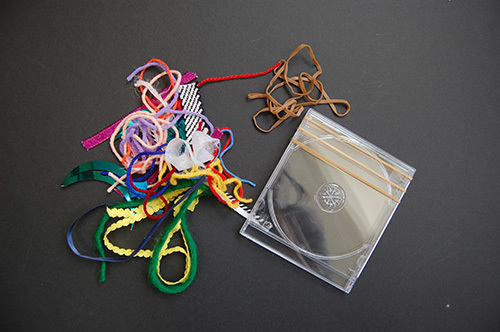
3. Don’t buy new things – create new, fashionable clothing from your torn and worn items. You can take strips of your woven clothing and weave them into new designs.
4. Old technology, including CD’s and CD cases, can be repurposed into small desk calendars, wind-chimes, bases for collage; photo frames; frames for weavings with rubber bands.
5. Make musical instruments with plastic bottles filled with beads or beans. Metal coffee cans can be used for percussion instruments. Bottle caps can be strung together to make hand held percussion instruments.
6. Puppets can be made out of washed chop sticks, fabric scraps, tassels, buttons or even hanging file folders – no one files paper anymore!

7. Paper bags can be transformed into the bases for fabulous hats and headdresses or masks for plays and oral presentation in classrooms.
8. Cardboard boxes can be repurposed for storage (why buy plastic?) as well as lightweight furniture – tables and chairs for children.
9. Binders can be refashioned into portfolios, clutch handbags or birdhouses.
10.Take your extra string, buttons, beads, zippers, bottle caps, ribbon and paper clips to create personalized jewelry – necklaces, bracelets and pins.
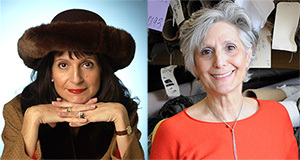

サー·マイケル·バーバー含む私を参加して、世界的に有名なオピニオンリーダー (英国), DR. マイケル·ブロック (米国の), DR. レオンBotstein (米国の), 教授クレイ·クリステンセン (米国の), DR. リンダダーリング·ハモンド (米国の), DR. MadhavChavan (インド), 教授マイケルFullan (カナダ), 教授ハワード·ガードナー (米国の), 教授アンディ·ハーグリーブス (米国の), 教授イヴォンヌヘルマン (オランダ), 教授クリスティンHelstad (ノルウェー), ジャンヘンドリクソン (米国の), 教授ローズHipkins (ニュージーランド), 教授コーネリアHoogland (カナダ), 閣下ジェフ·ジョンソン (カナダ), 夫人. シャンタルカウフマン (ベルギー), DR. EijaKauppinen (フィンランド), 国務長官TapioKosunen (フィンランド), 教授ドミニクラフォンテーヌ (ベルギー), 教授ヒューローダー (英国), 主ケンマクドナルド (英国), 教授ジェフ·マスターズ (オーストラリア), 教授バリー·98名 (オーストラリア), シヴナダール (インド), 教授R. Natarajan (インド), DR. PAK NG (シンガポール), DR. デニス教皇 (米国), Sridhar Rajagopalan (インド), DR. ダイアンRavitch (米国の), リチャード·ウィルソン·ライリー (米国の), サー·ケン·ロビンソン (英国), 教授パシSahlberg (フィンランド), 教授佐藤学 (日本), アンドレアス·シュライヒャー (PISA, OECD), DR. アンソニー·セルドン (英国), DR. デビッド·シェーファー (米国の), DR. キルスティン没入Areの (ノルウェー), 首相スティーブン·スパーン (米国の), イヴTheze (LyceeFrancais米国), 教授チャールズUngerleider (カナダ), 教授トニーワーグナー (米国の), デイヴィッド·ワトソン (英国), 教授ディランウィリアム (英国), DR. マークWormald (英国), 教授テオWubbels (オランダ), 教授マイケル·ヤング (英国), 教授Minxuan張 (中国) 彼らは、すべての国が今日直面している大きな絵教育問題を探るように.
教育コミュニティページのためのグローバル検索
C言語. M. ルービンは彼女が受け取った2つの広く読まれているオンラインシリーズの著者である 2011 アプトン·シンクレア賞, 「教育のためのグローバル検索」と「どのように私たちは読みます?"彼女はまた、3つのベストセラーの本の著者である, 含めて 不思議の国のアリスリアル, の出版社です CMRubinWorld, そしてかく乱財団研究員である.
Cに従ってください. M. Twitterでルビン: www.twitter.com/@cmrubinworld

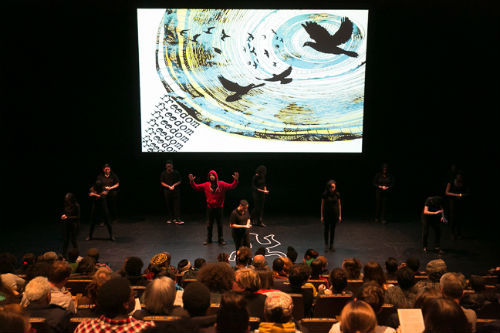
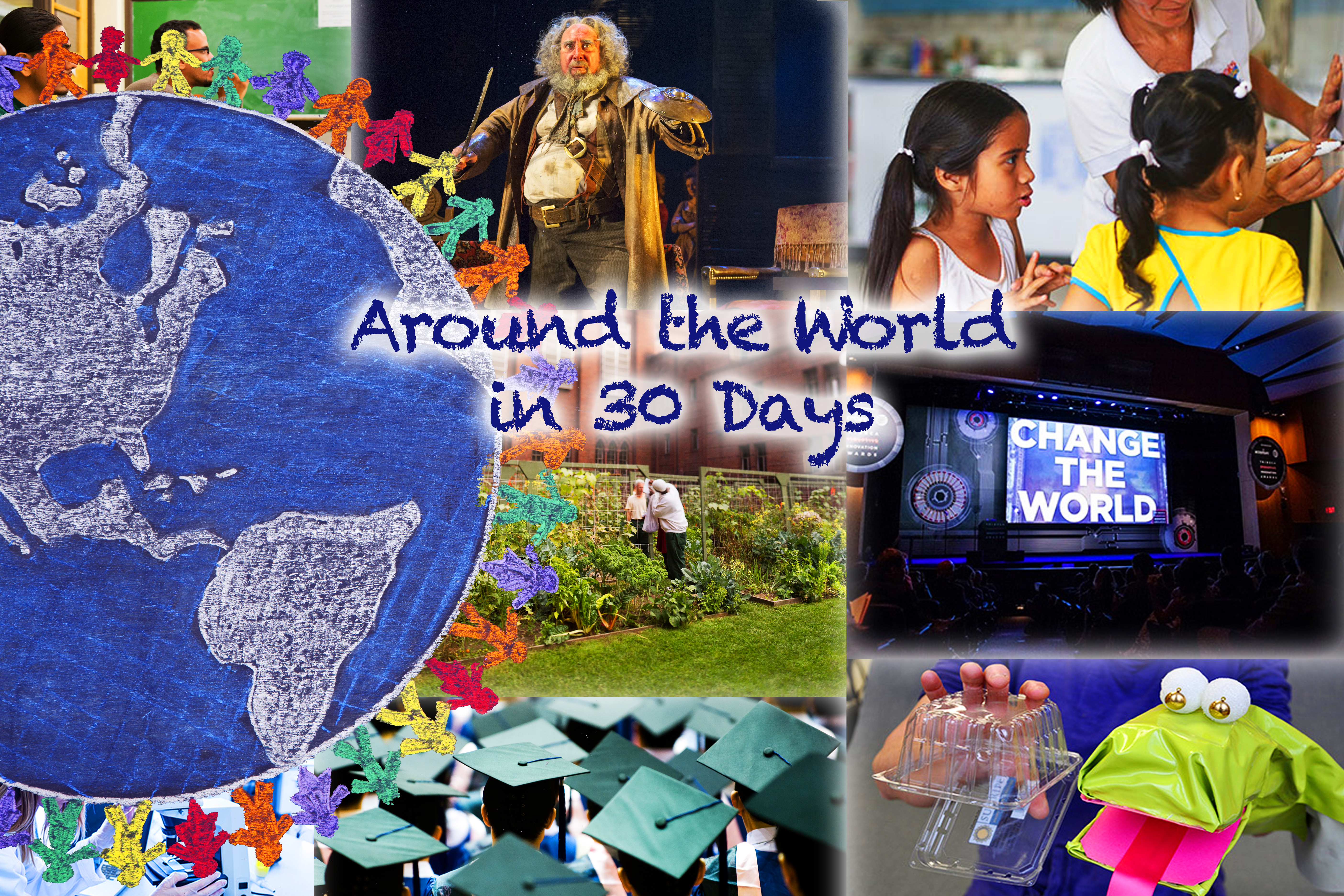
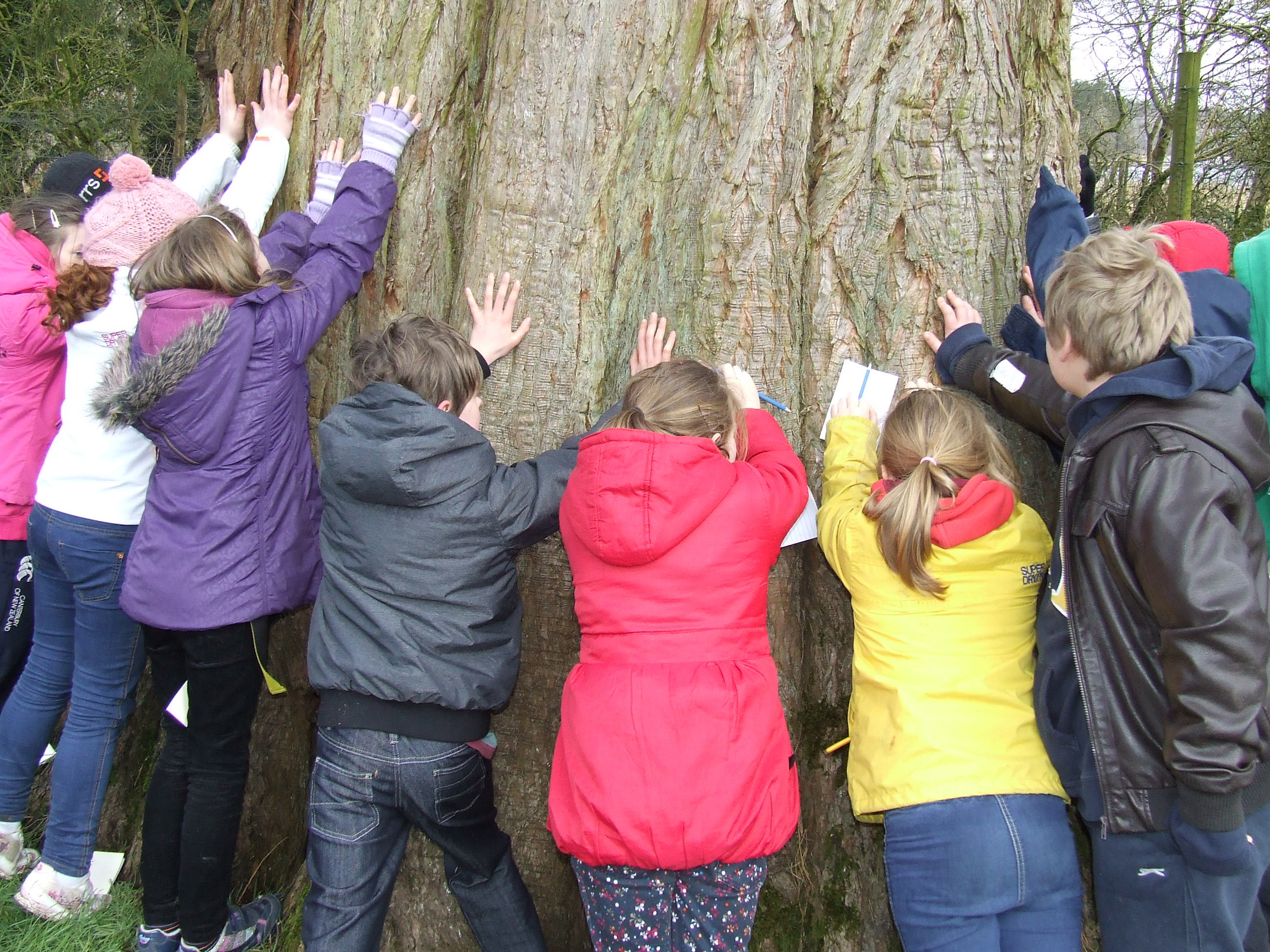
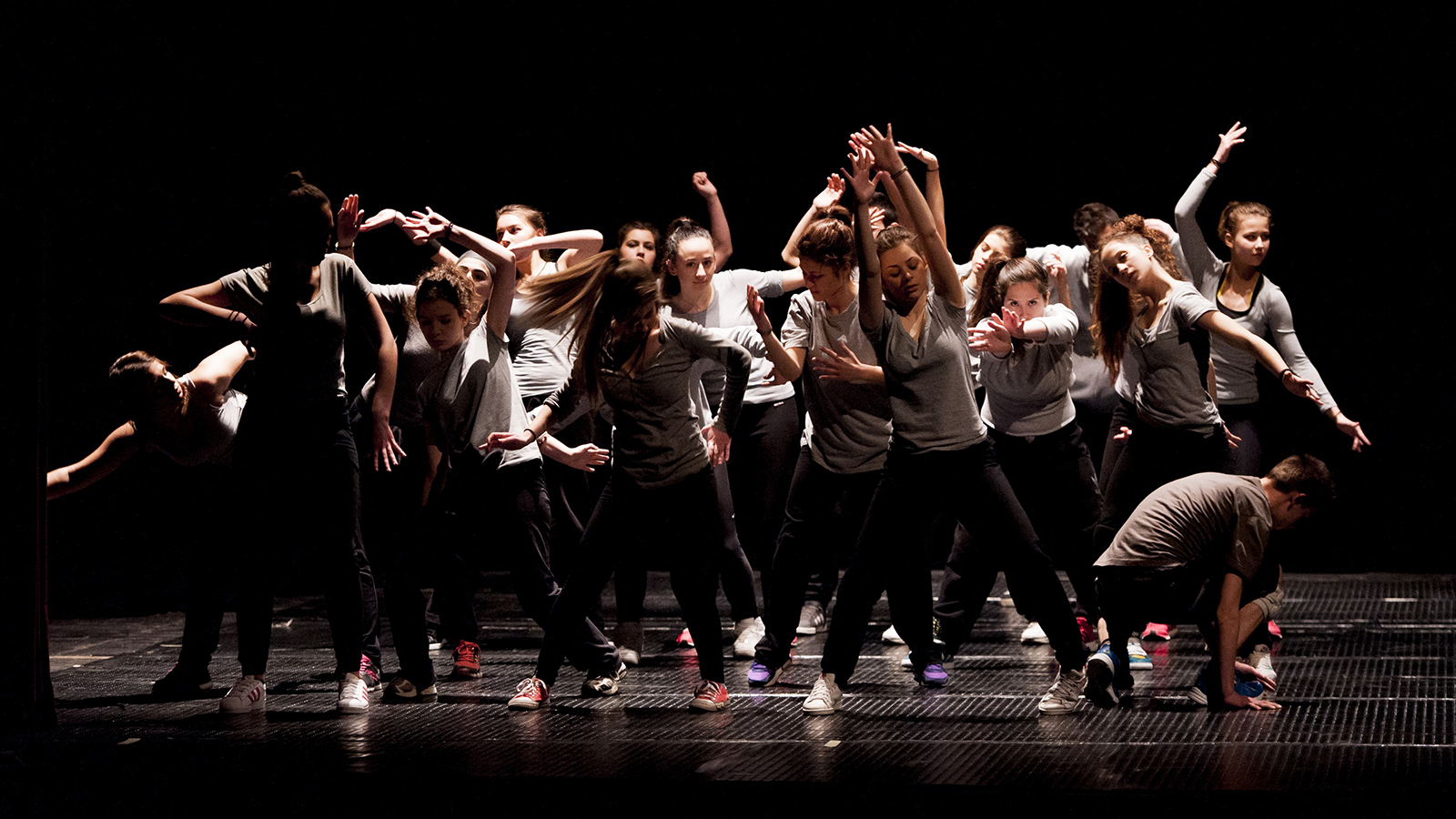
最近のコメント